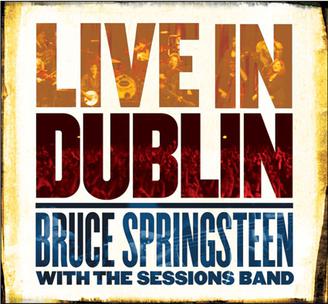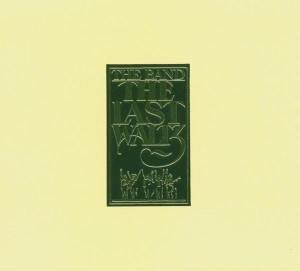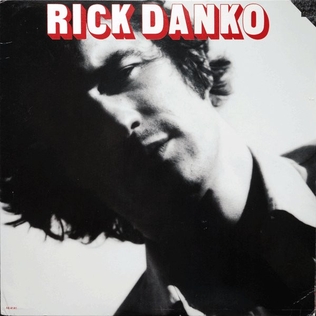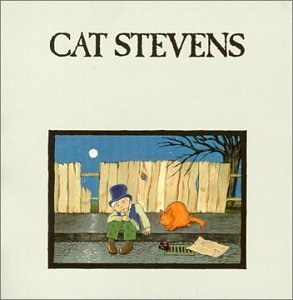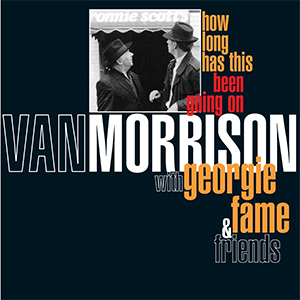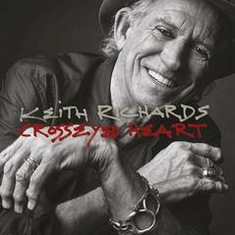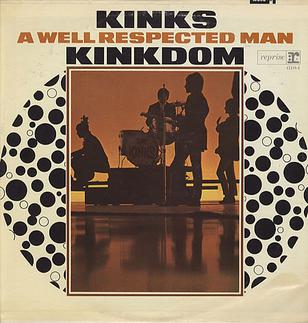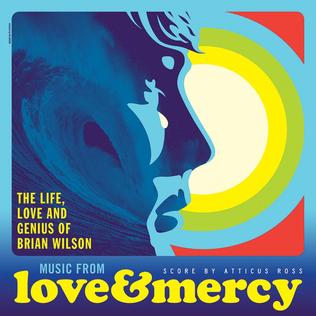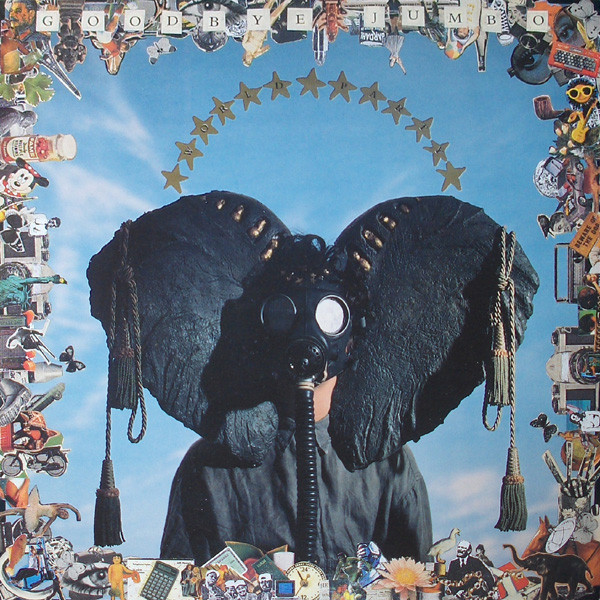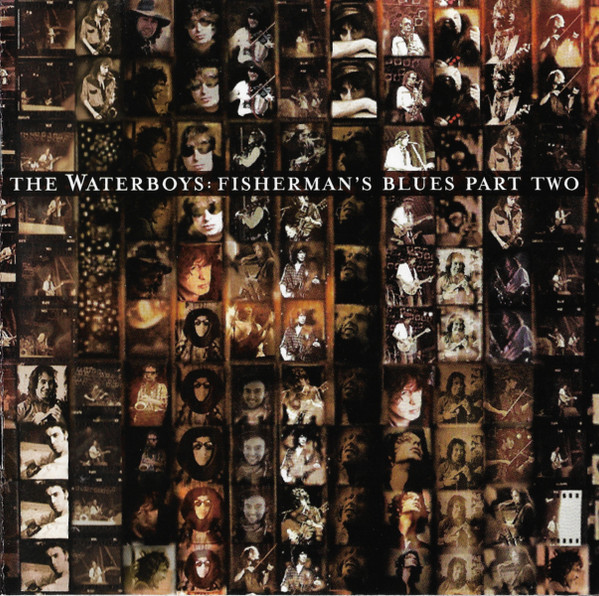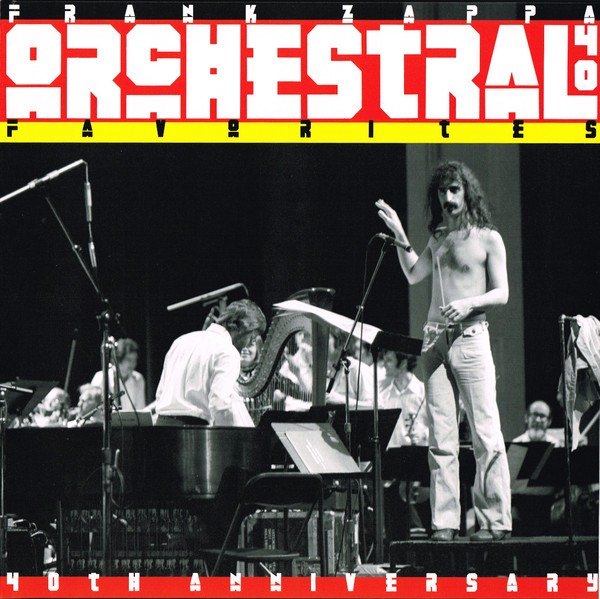Maybe he knew his limitations after all, since he doesn’t monopolize the songwriting. “Get A Hold Of My Heart” was written with the matron of the hit single herself, Diane Warren, and outside of a prominent Rickenbacker 12-string, is probably the least exciting song on the album. The “J. Lennon” credited on “If You Want The Sun To Shine” is Julian, whom we would hope had mixed feelings about an arrangement owing months’ worth of debt to “I Am The Walrus”. Guitarist Jim Babjak contributes the best song; “Now And Then” finally gets the recipe correct.
Every track has something going for it, and every track is compromised by something. It starts strong with “Top Of The Pops”, and the Motown soul of “Too Much Passion” is a nice change but goes too long. (Smokey would’ve faded it by 2:50, of course.) “Tell Me When Did Things Go Wrong” finally ups the tempo, but recycles the I-III-V riff from “Yesterday’s Girl”. “Evening Dress” is sweet, and Beatlesque in all the right places, but good luck getting past the tune of “I Saw Mommy Kissing Santa Claus”. Truly odd is “Indigo Blues”, featuring a honking sax and Hammond organ, but the words quote from the middle section of “Shout” and the “here we go [fill in the blank] here we go” chant from every American sporting event ever.
That’s a lot of “buts”, and it would have helped if the guys had been kicked in theirs. For a band that used to have so much energy, the album doesn’t go much faster than “Girl In Room 12”, which fans might recognize as “Blues Before And After”. “Anywhere You Are” distills every hit by the Zombies into a cool little samba, and “Over And Over Again” could easily be sped up for better effect, but “It’s Alright” is just plain confused lyrically.
Blow Up is the least essential Smithereens album yet, and also the longest. Editing, or at least faster arrangements would have been a big help. Despite the shortcomings, it manages to be competent, listenable and even enjoyable if you don’t scrutinize it too much. The sound is big, thanks to producer Ed Stasium, but being released on the cusp of grunge didn’t do it any favors, and their label dropped them after the hits didn’t happen.
The Smithereens Blow Up (1991)—3
.jpg)





